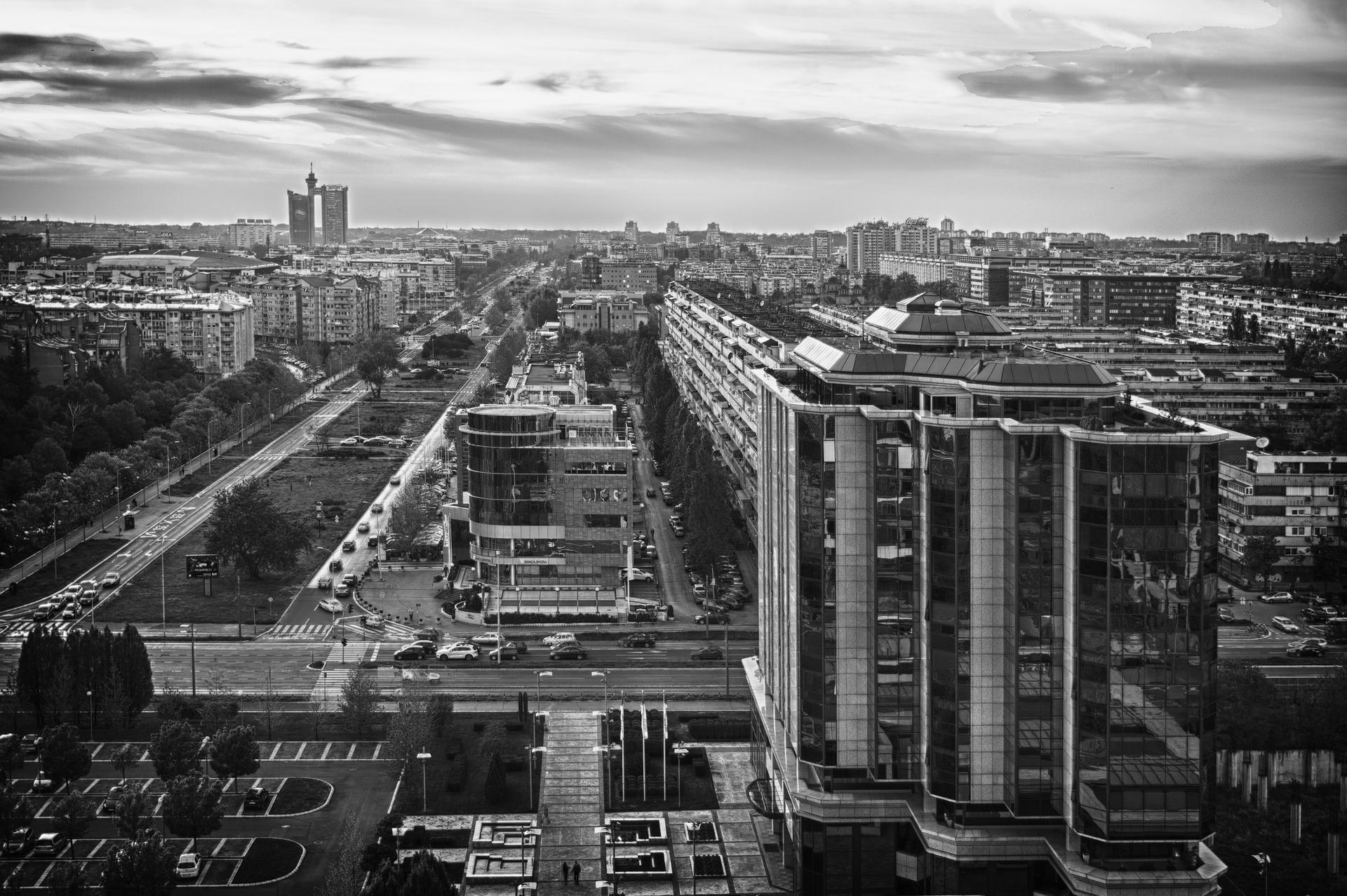
Rental fees skyrocket in Serbia
Rental fees in Serbia are rising at an unstoppable rate. It is no longer possible to find a property for less than 200 euros a month in larger cities. This is particularly problematic for students, as it is almost impossible to find affordable housing before school starts in the autumn.
Prices are artificially inflated
There are several factors at play in the soaring rental fees, experts say. One of the main ones is that demand still outstrips supply, despite the fact that apartment blocks are mushrooming in big cities. Another factor is that Russians and Ukrainians have also appeared in the Balkan country, and they are willing to pay higher than the market price for rental, thus significantly inflating property values, Serbian daily Blic reports.
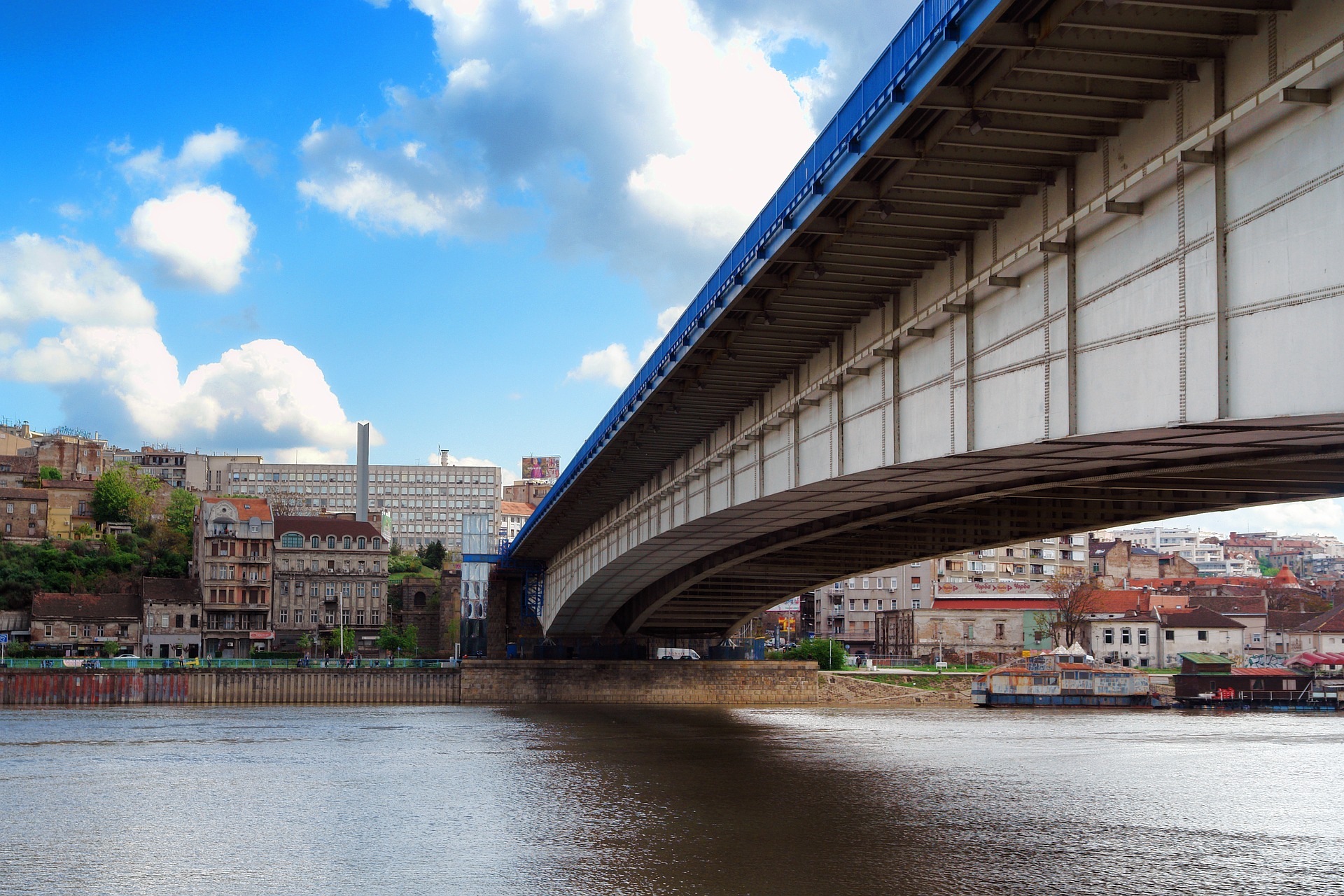
Photo: Pixabay
The website nekretnine.rs, which specialises in property rentals, tracks the rental prices of flats in Serbian cities. A quick search of the flats on offer shows that 30-square-metre furnished flats in Belgrade are advertised at up to 200 euros per month, even though they are not even in the city centre. People looking for a bigger flat will obviously have to dig deeper into their pockets. 50-square-metre flats are rented out at around 250 euros per month, while two- or three-bedroom ones start at 350 euros. A three-bedroom, 65-square-metre furnished flat, for example, costs a monthly 450 euros at best.
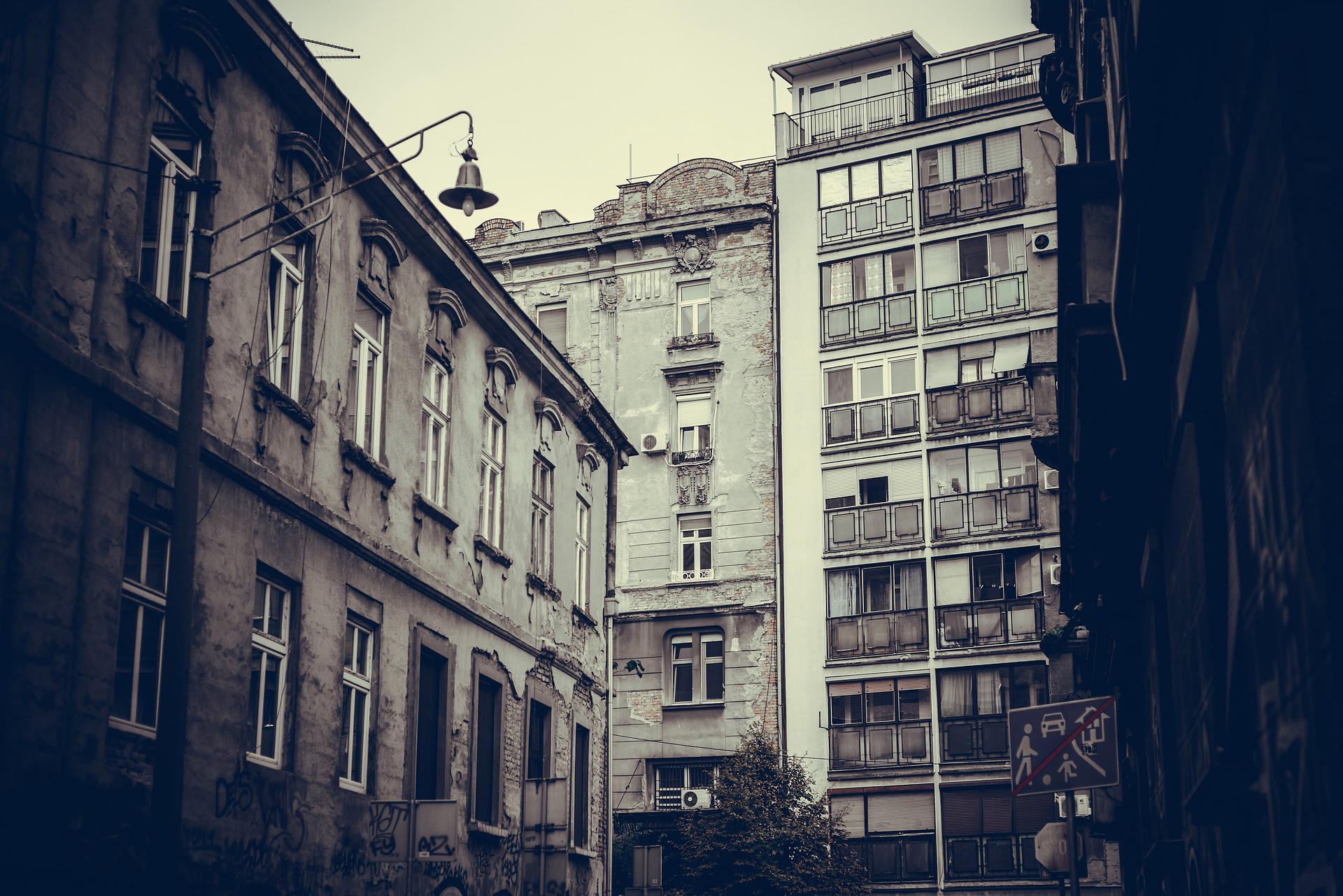
Photo: Pixabay
In Serbia’s second largest city, Novi Sad, you have to pay even more in some places. In the Liman neighbourhood, near the university campus, a well-equipped one-and-a-half-bedroom flat costs 240 euros.
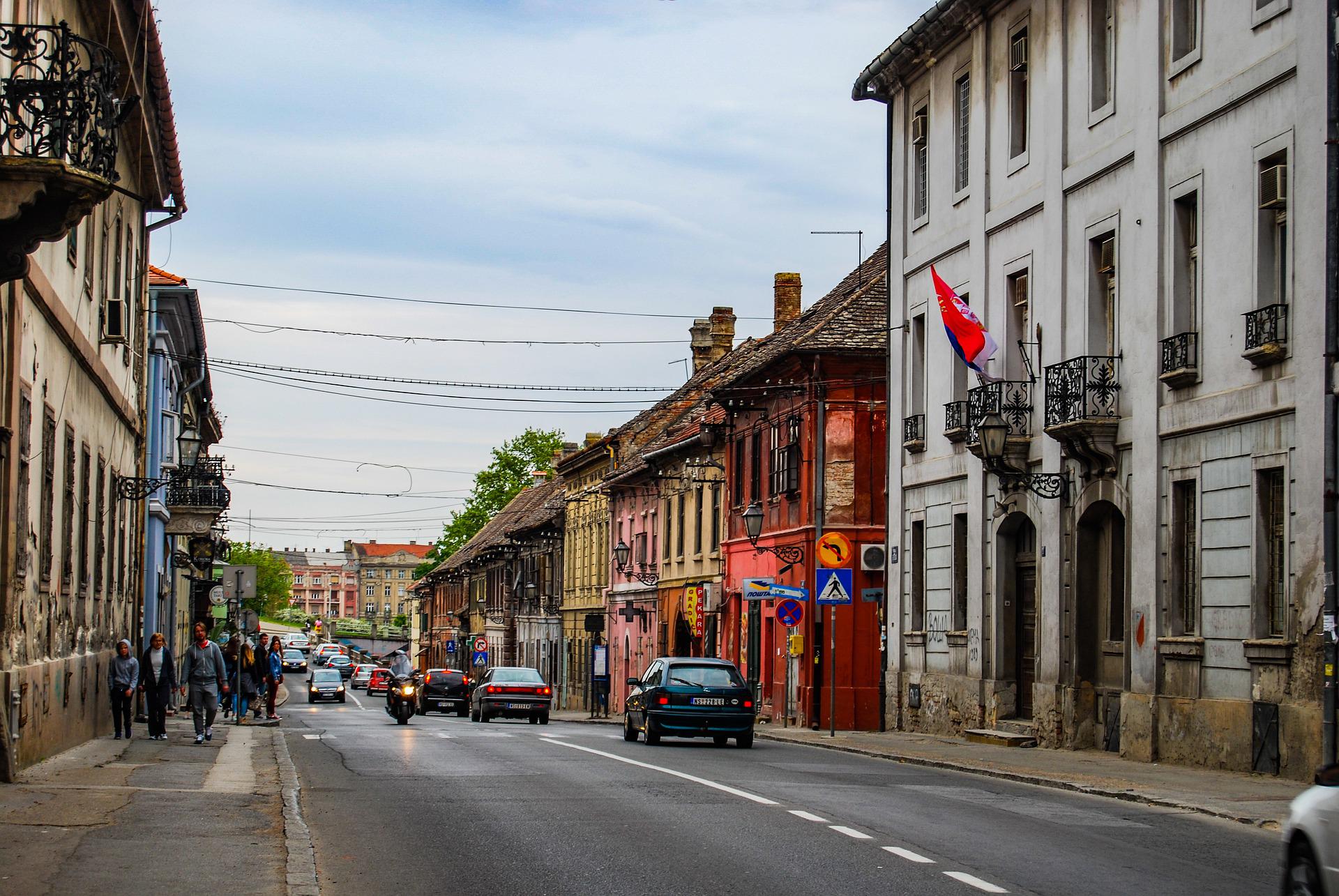
Photo: Pixabay
In Nis, in south-east Serbia, however, rental fees are slightly lower. A furnished flat of 28 square metres near the law school costs 180 euros a months. 50-square-metre flats start at 200 euros, while larger ones are rented out at a minimum of 300 euros.
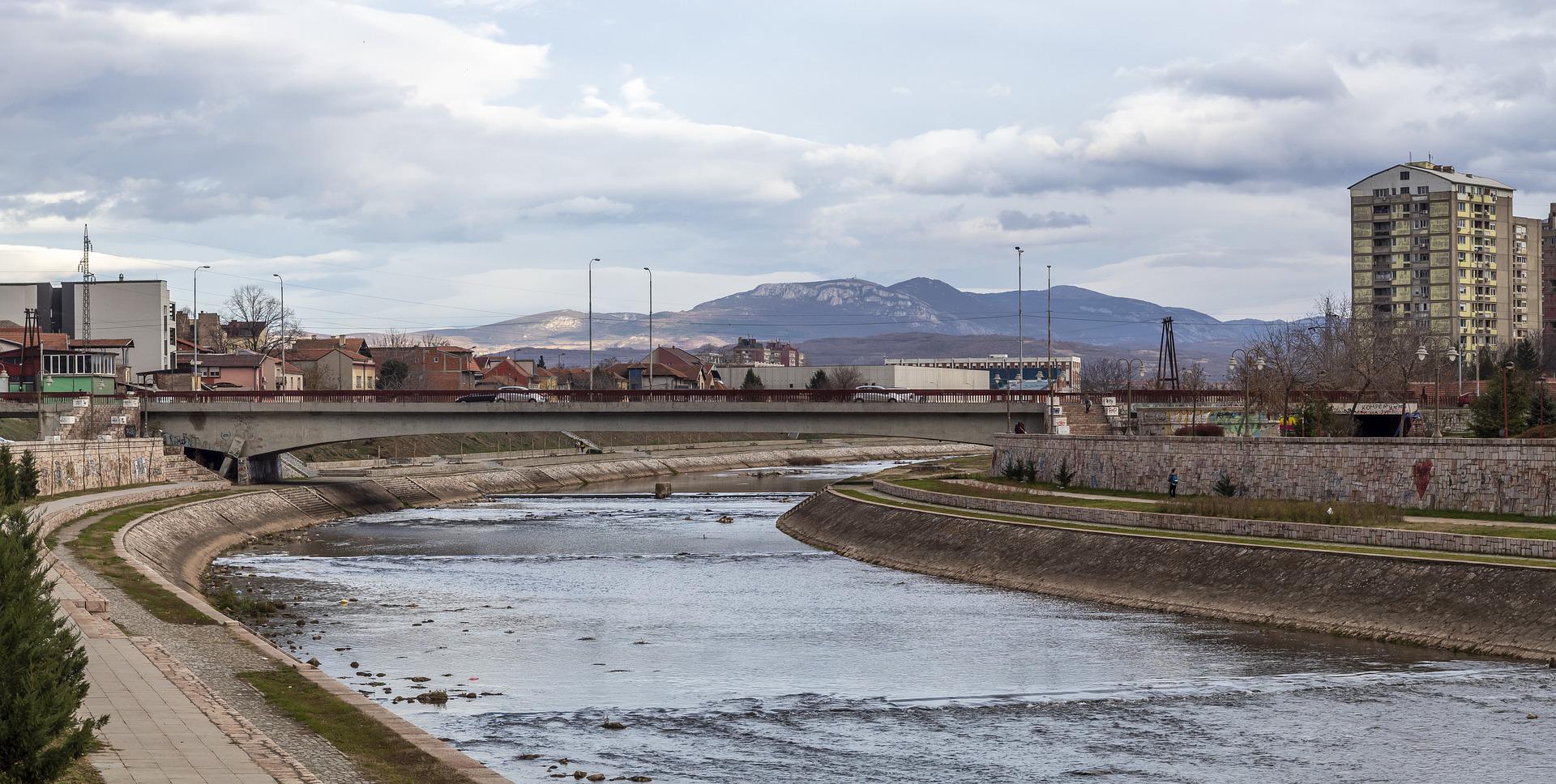
Photo: Pixabay
Rental fees have increased by 5-10 per cent on average in Serbia, Jelena Davidovic, the sales manager of nekretnine.rs says. The price hikes are much higher in the centres of larger cities, where more attractive properties are located she adds. If three students wanted to rent a three-bedroom flat in Novi Sad a few years ago, they had to put up a total of 250 euros. Now they could rent a 1.5 room flat for the same amount. The situation is the same in the country’s other large cities, with a tendency for price hikes in smaller towns. For example, in Subotica, northern Vojvodina, even one-room flats now cost 150 euros a month, whereas 5 years ago you could rent a two-room furnished apartment of 60 square metres for just 80 euros. Prices are rising year be year, so those who managed to purchase a home in the preceding period are in a good position now. Of course, flats are still on offer, but bigger returns require a bigger investment.
The impact of the pandemic
The consequences of Covid are still being felt in the housing market, experts say. Due to the lack of tourists, many homeowners who used to rent out their properties for the day now prefer more reliable, but lower-paying, long-term rentals. As a result, more people are renting out their properties months in advance, but prices are still rising. This is because this is how owners want to catch up with the income they previously earned from short-term rentals. If they manage to rent the room at a higher price than the market price, the loss of income from daily rentals is not so bad and their deficit is reduced. As these owners raised their prices, the others did not want to be left behind, so everyone ended up raising their prices, the figures suggest.
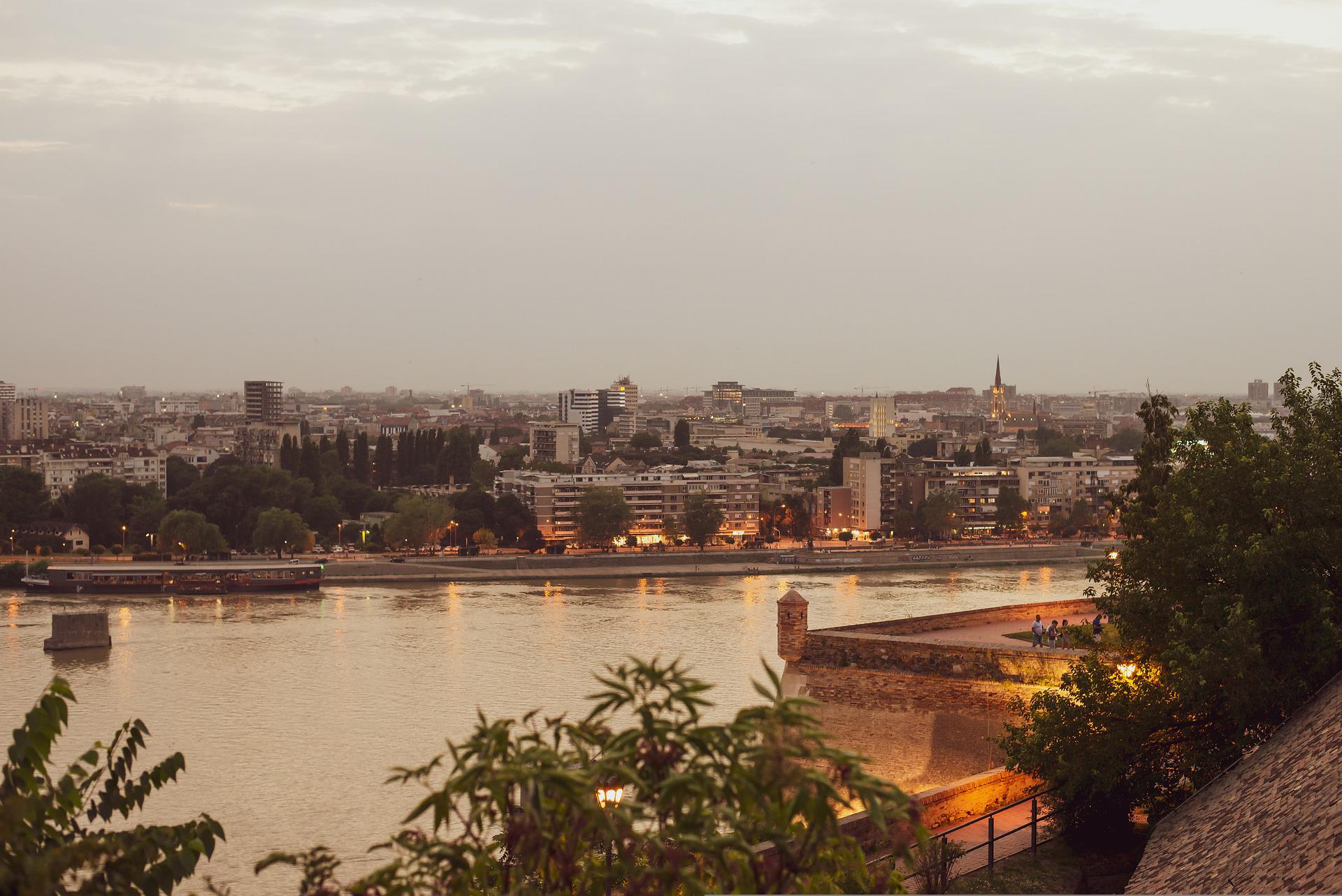
Photo: Pixabay
On the other hand, as V4NA reported earlier, people fleeing the war from Ukraine and Russia are constantly arriving in Serbia. They are not only fleeing the clashes, but are also relocating their companies to the Balkans, where they can operate more easily than if they had stayed in the war-torn Ukraine, or Russia, sanctioned by the West. The situation is being exploited by Serbian homeowners, who are deliberately raising rents because they know Ukrainians and Russians have no choice but to find some form of housing as quickly as possible.
Some luxury flats are rented out for 800 and even 1,500 euros, with some offered for a staggering 3,000 euros. These properties are only affordable to the wealthiest.
Landlords sometimes persuade each other to raise prices to keep the value of the rented apartments higher. It has also happened in Belgrade that prices were raised overnight, saying that if the tenant does not pay the new price, they should look for another accommodation, and it will be easy to rent out the apartment to someone else,
an individual affected told the newspaper.
A third of salaries are paid on housing
The average net salary in Serbia was 74,664 dinars in March, which equals to 630 euros. If we look at a family of four with two earners and two children, that means that the adults have to spend one third of their two salaries on a 65-square-metre apartment in Belgrade. Of course, this calculation is only valid if they can find housing at the lowest price and they really earn the salary shown by the statistics. And we have not even taken into account the soaring food prices and fuel costs.

